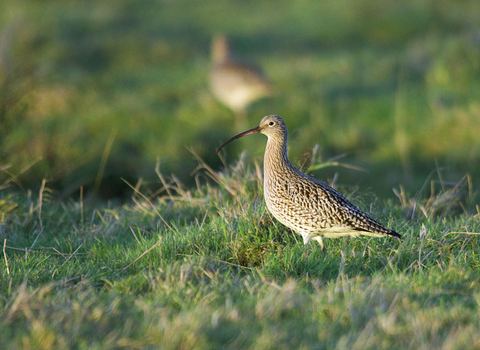When up on The Roaches you get those stunning autumn days where you can see for miles and those days when the moorland is cloaked in a mysterious blanket of mist and mizzle.
It was just one of these murky days when our volunteers headed out to plant the last of the sphagnum moss plugs with the volunteer team from Moors for the Future Partnership and the Peak Park Conservation (PPCV). Together they planted a whopping 4,400 plugs! Thanks to these amazing volunteers for giving up their time to help restore this blanket bog.
Over the past six years we’ve been working with partners to plant masses of this marvellous moss, restoring bare peat and areas which were burnt by the fire back in 2018 that haven't yet revegetated.
During the last year over 65,000 sphagnum plugs have been planted in total. Combined with previous planting efforts this totals an impressive 687m2 (27.5 hectares) of sphagnum.








